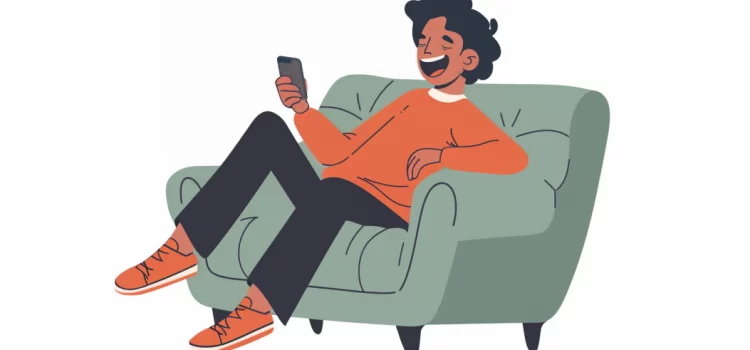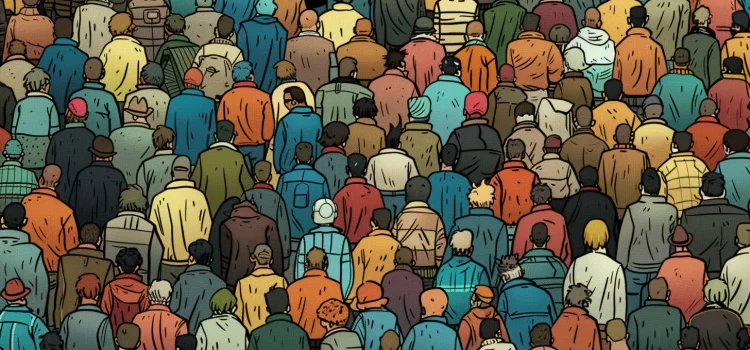Are kids growing up too fast these days? How does technology affect adolescent development? Parenting the New Teen in the Age of Anxiety warns that technology and social media are causing kids to mature earlier than they should. Not only are they more self-aware about their identities, but they’re experiencing anxiety far too soon. Here’s why children these days appear more mature than they should be.
Are Kids Growing Up Too Fast? Here’s Evidence They Are










